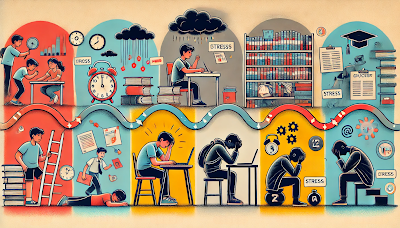Education Privilege in Urban India: How It Fuels Elitism

Two classrooms, one inequality. In urban India , education privilege isn’t just a ticket to a better life—it’s often the ticket to an entirely different world. Cities like Delhi , Bangalore , and NCR are home to prestigious schools and top-tier universities that promise success, wealth, and status. But there’s a catch: this access is reserved for a select few. While millions scramble to meet the demands of a hyper-competitive education system, the divide between the privileged and the underprivileged only deepens. Elitism in education isn't just about attending a fancy school—it’s a system that reinforces social inequality , perpetuating the idea that your worth is determined by the brand name of your institution. In India , education isn't just a way to learn; it's a way to validate your place in society. Access to elite institutions , such as the IITs , IIMs , and top-tier private schools , often...







